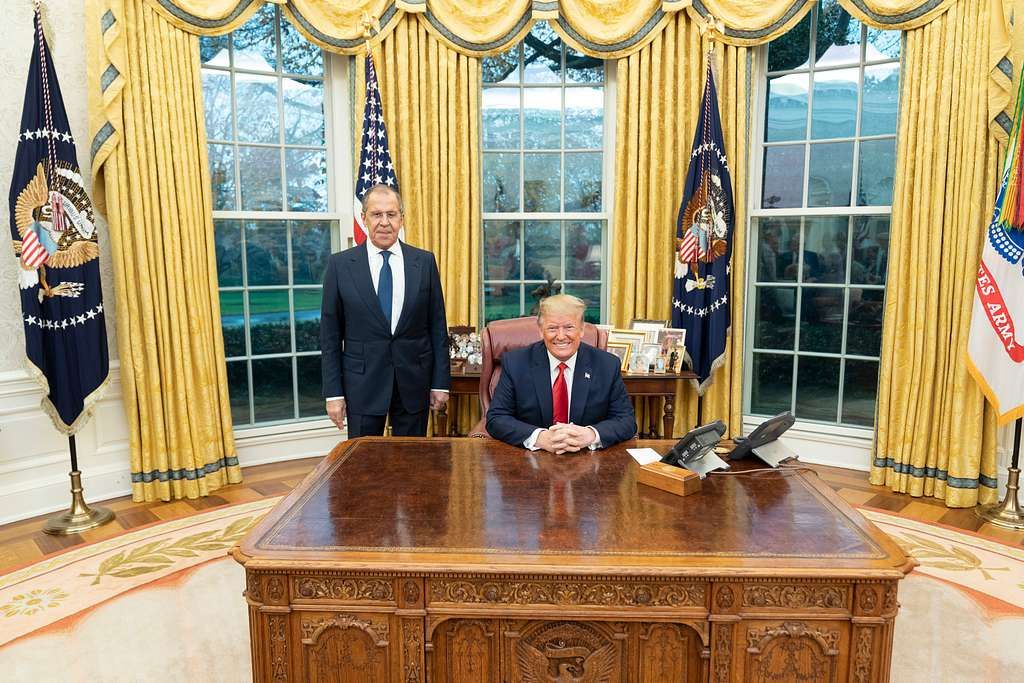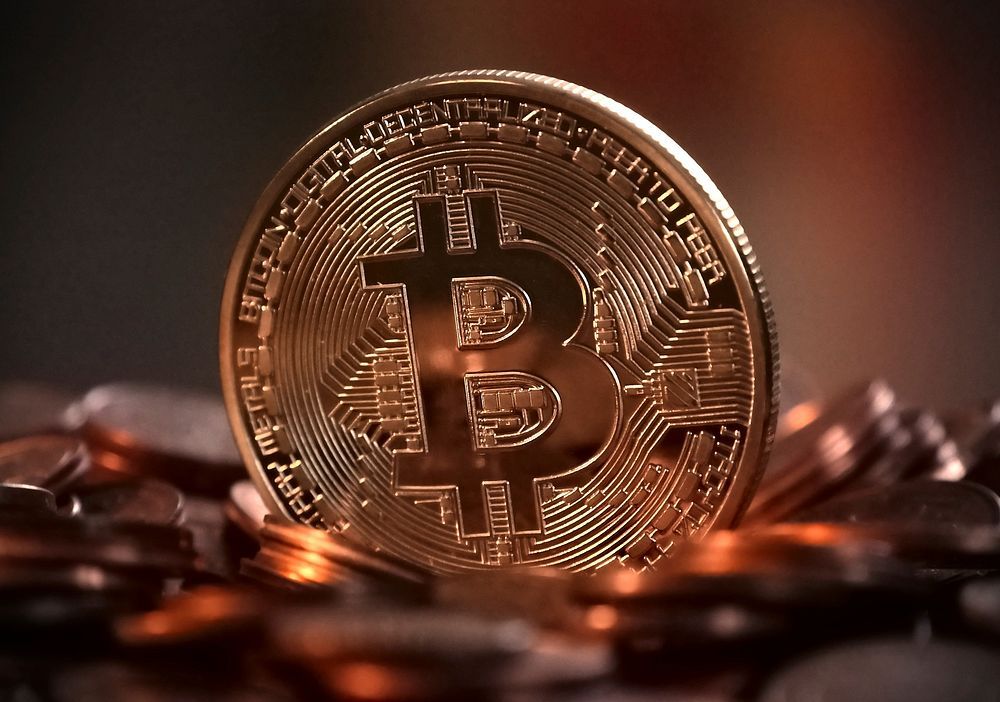Navigating the Gas Seas: Unraveling Europe’s Russian Energy Odyssey

The flow of Russian gas into Europe has long been a critical aspect of the continent’s energy security. As we delve into this intricate topic, we’ll explore the dynamics, challenges, and implications surrounding Russian gas exports to Europe.
Historical Dependence
Russia has historically played a significant role in supplying fossil fuels to European countries. In 2021, it stood as the largest exporter of both oil and natural gas to the European Union (EU). Remarkably, 90% of the EU’s oil and 40% of its gas came from Russia. This heavy reliance on Russian energy sources raised concerns about vulnerability and geopolitical tensions.
The Role of Gazprom
The Russian state-owned company Gazprom has been a key player in exporting natural gas to Europe. Its pipelines have connected Russia to various European countries, ensuring a steady flow of gas for heating, power generation, and industrial processes. However, this dependence has also led to geopolitical complexities and concerns about energy security.
Liquefied Natural Gas (LNG) Tankers
While pipelines remain essential, LNG tankers have emerged as a crucial solution. These advanced vessels can transport vast amounts of natural gas at temperatures as low as approximately -163°C. The Yakov Gakkel, one such LNG tanker, stands out due to its unique ability to navigate icy waters. Its double hull design allows it to carve through ice, enabling it to travel into the Arctic Circle even during harsh winters.
Europe’s Diversification Efforts
European politicians pledged to reduce their reliance on Russian gas. Initiatives like the REPowerEU plan, launched in response to Russia’s actions, aim to enhance energy security. The plan focuses on energy efficiency, clean energy transition, and diversifying energy sources. While renewables are on the rise, natural gas still constitutes a significant portion of EU energy consumption. Therefore, diversification remains crucial to ensure short-to-medium-term security of supply.
The US Gas Deal and Changing Dynamics
In an effort to curb reliance on Russian gas, the EU signed a deal with the United States. This agreement involves additional gas supplies from the US and other countries, aiming to reduce Russia’s dominance. However, the landscape remains dynamic, and geopolitical shifts continue to impact gas flows into Europe.
Emerging from the Shadow
As Europe emerges from the shadow of Russian gas, it faces both opportunities and challenges. Balancing energy security, affordability, and environmental goals requires strategic planning and collaboration. The Yakov Gakkel and other LNG tankers symbolize innovation and adaptability in this complex energy landscape.
Russian gas for Europe remains a critical cog in the machinery of energy geopolitics. As the continent navigates these waters, it must continue diversifying its energy sources while ensuring stability and resilience.







